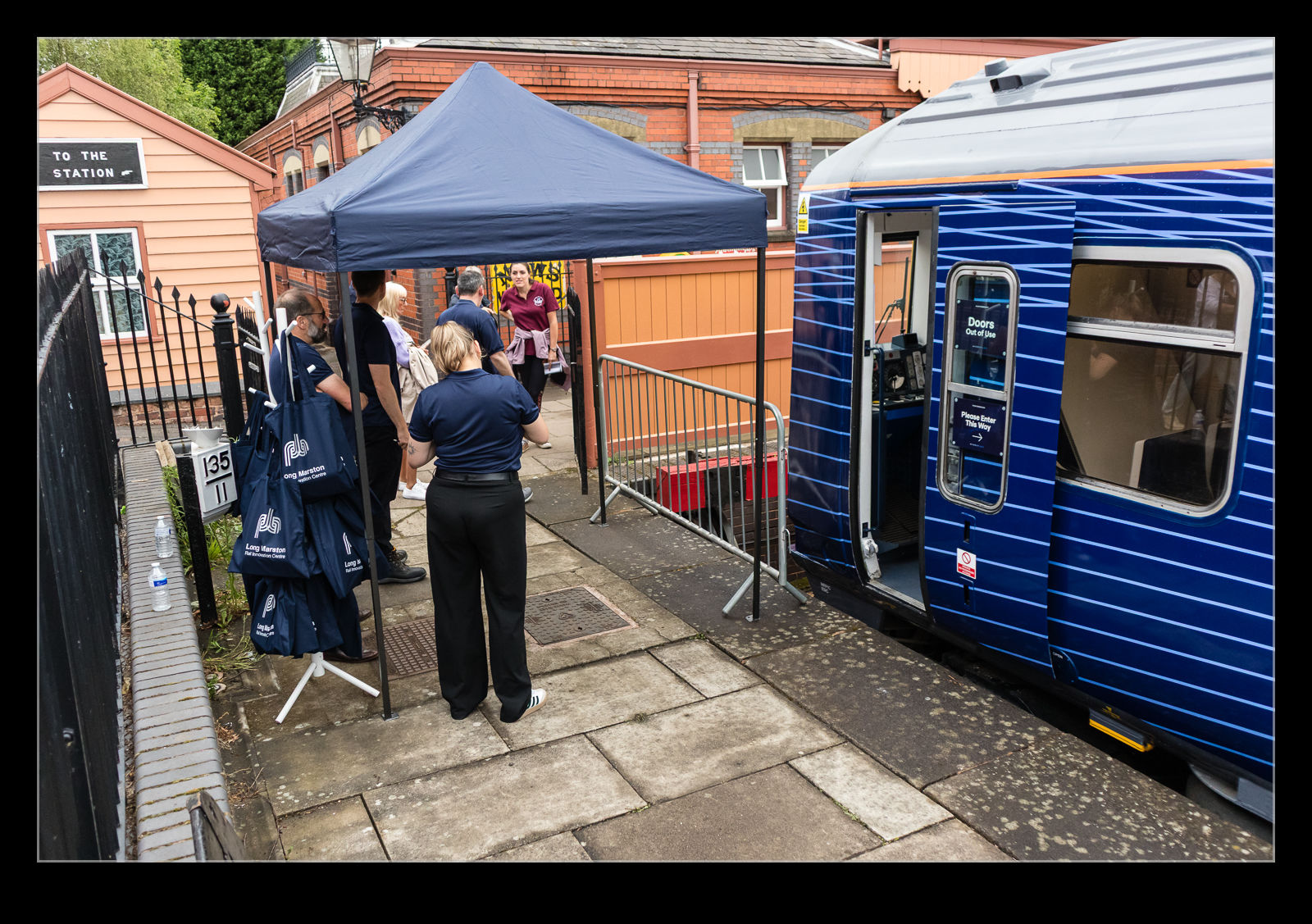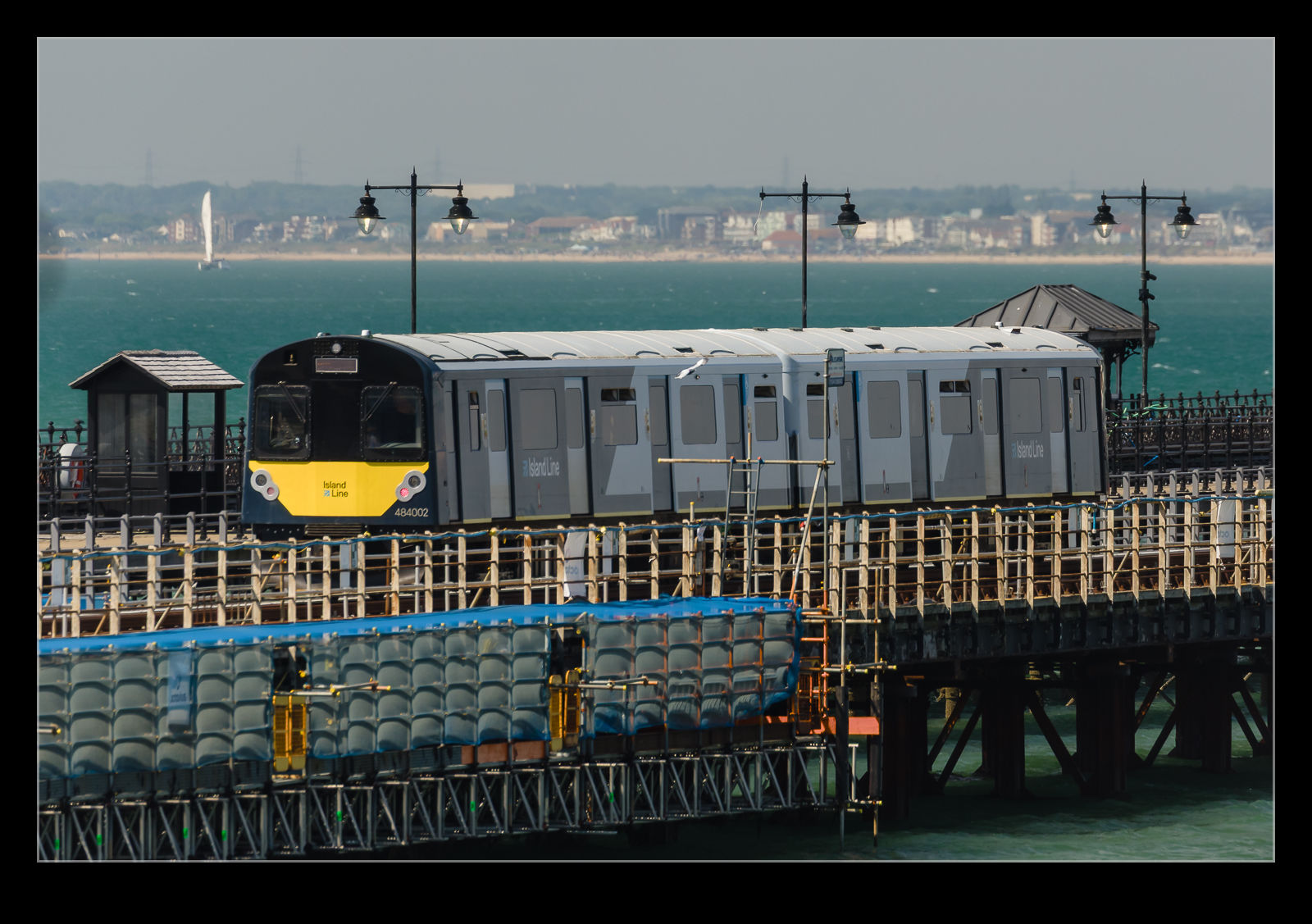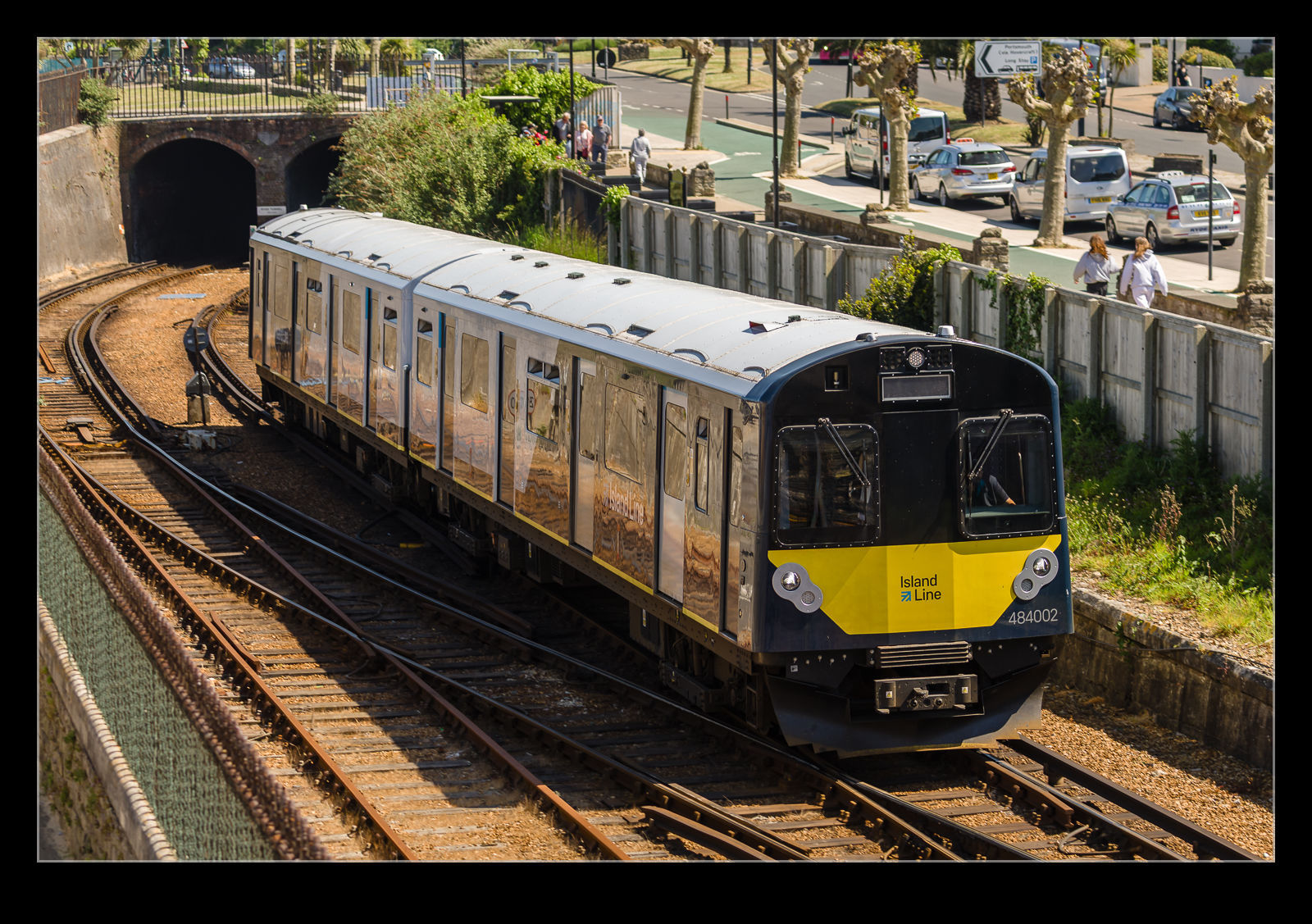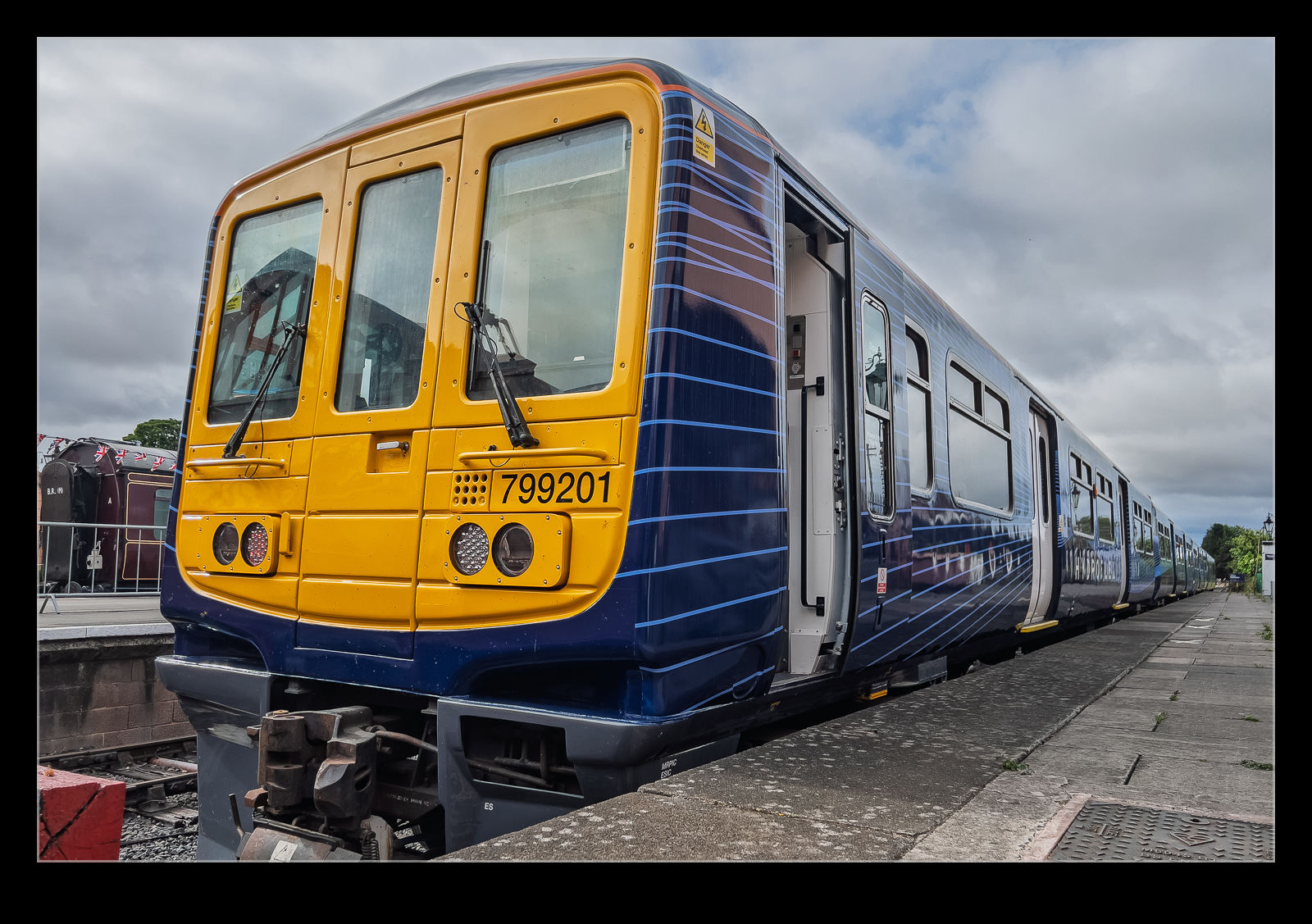 2025 is 200 years after the Stockton and Darlington Railway first operated. While some might debate what the first true railway was, the UK industry is celebrating this year as Rail200. There are events taking place across the country throughout the year. One of these was held at the Severn Valley Railway at Kidderminster and we took one of our trains to be part of the display. This was our HydroFLEX unit, and I went along to support the visitor tours.
2025 is 200 years after the Stockton and Darlington Railway first operated. While some might debate what the first true railway was, the UK industry is celebrating this year as Rail200. There are events taking place across the country throughout the year. One of these was held at the Severn Valley Railway at Kidderminster and we took one of our trains to be part of the display. This was our HydroFLEX unit, and I went along to support the visitor tours.
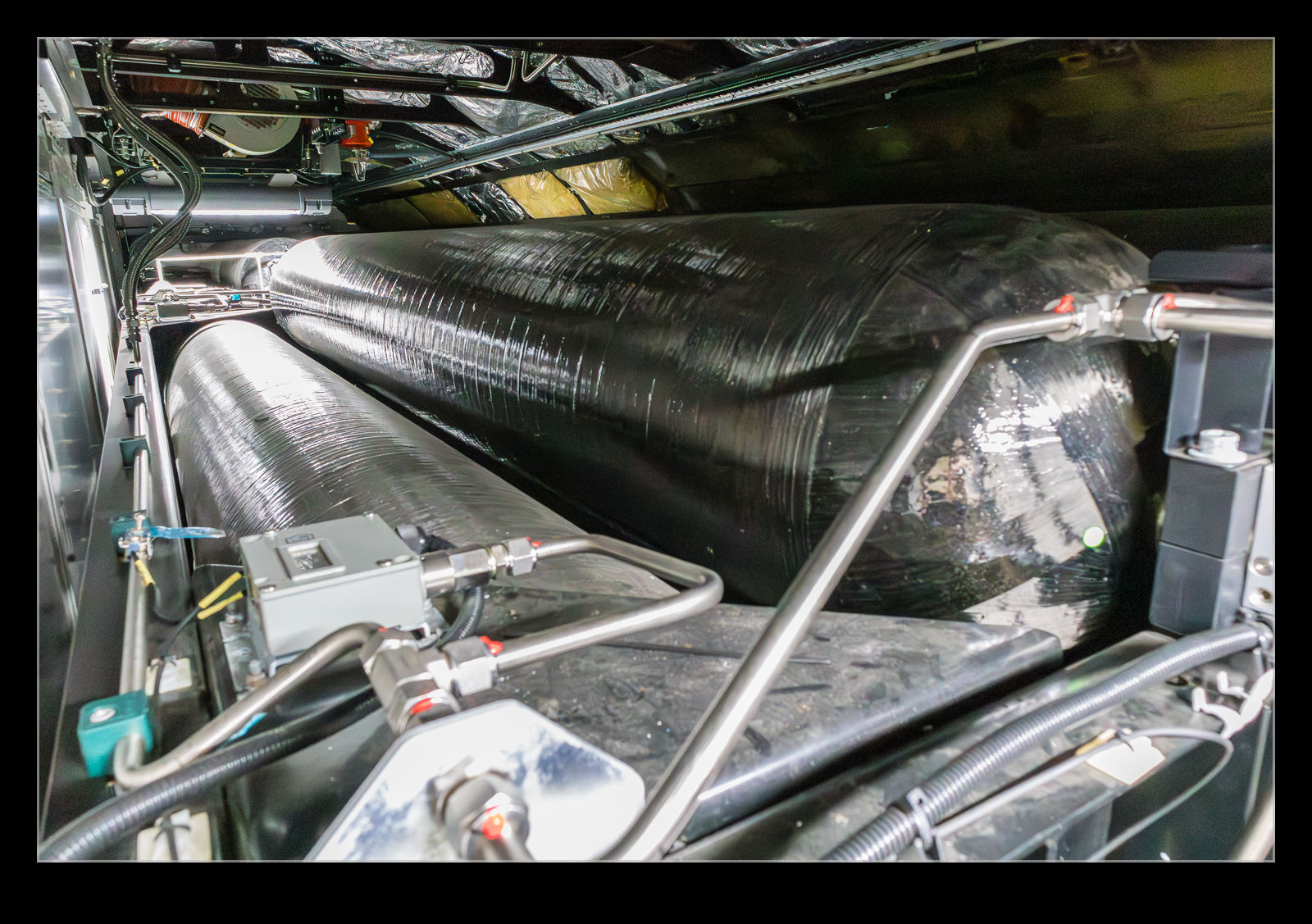 HydroFLEX is the first UK hydrogen fuel cell powered unit that is cleared for mainline running. We use it to test the technology and learn what is involved in a hydrogen fuel cell train. There are multiple technologies that will be needed to decarbonise the railway, and this is one of the ways forward that is being explored. We had it open to view at Kidderminster and had a steady stream of visitors coming to look at it. They had lots of interesting questions and some interesting opinions on all sorts of things – many not to do with hydrogen power!
HydroFLEX is the first UK hydrogen fuel cell powered unit that is cleared for mainline running. We use it to test the technology and learn what is involved in a hydrogen fuel cell train. There are multiple technologies that will be needed to decarbonise the railway, and this is one of the ways forward that is being explored. We had it open to view at Kidderminster and had a steady stream of visitors coming to look at it. They had lots of interesting questions and some interesting opinions on all sorts of things – many not to do with hydrogen power!
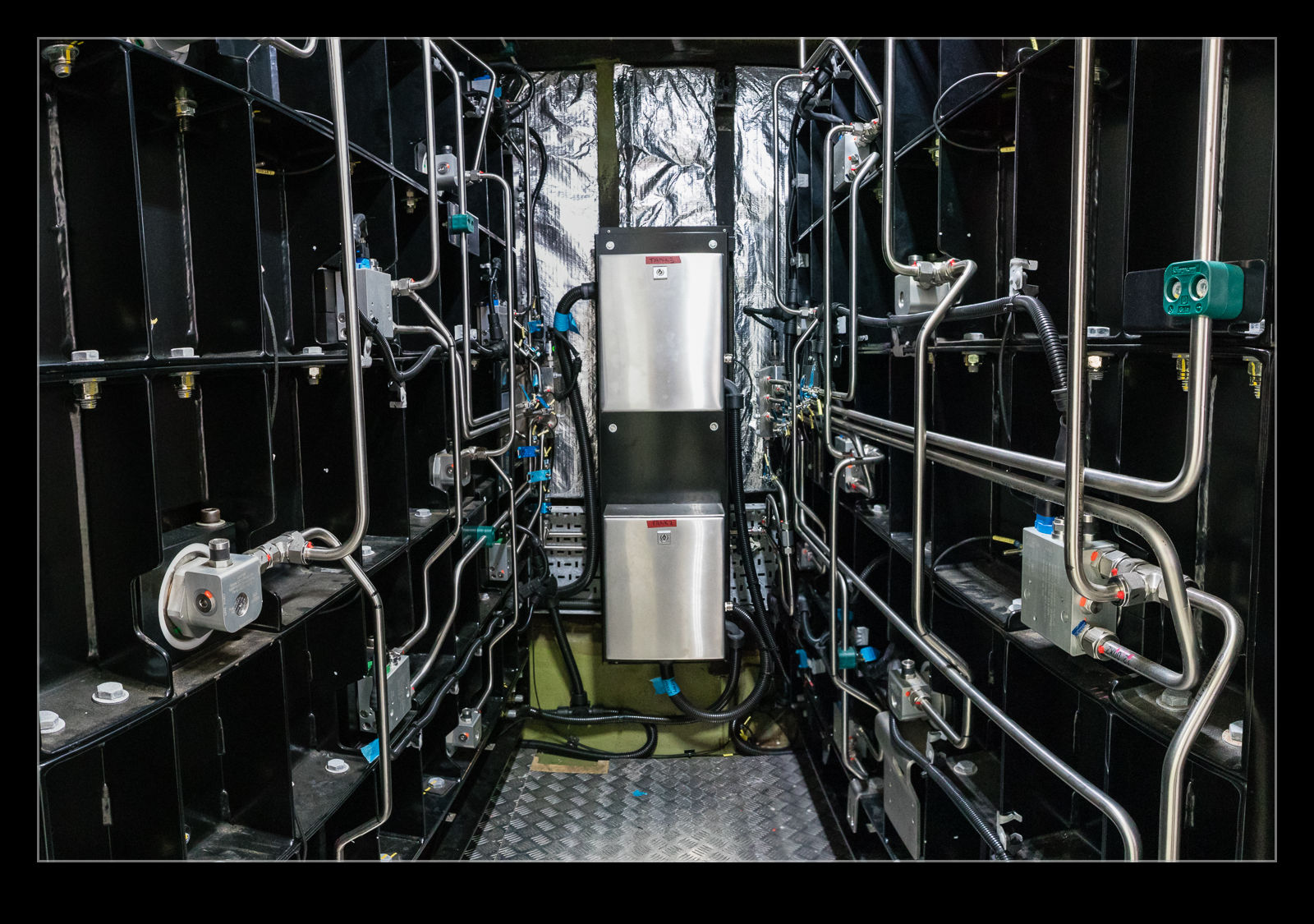 The train is a converted Class 319 – a type I used to ride frequently when Thameslink operated them, and we lived along the Brighton mainline. Three of the vehicles are basically unchanged other than interior changes including a boardroom configuration. The fourth car is the one where everything is different. It has four fuel cells that provide power along with a battery under the vehicle. These fuel cells generate a lot of heat along with the electricity, so large cooling fans are incorporated.
The train is a converted Class 319 – a type I used to ride frequently when Thameslink operated them, and we lived along the Brighton mainline. Three of the vehicles are basically unchanged other than interior changes including a boardroom configuration. The fourth car is the one where everything is different. It has four fuel cells that provide power along with a battery under the vehicle. These fuel cells generate a lot of heat along with the electricity, so large cooling fans are incorporated.
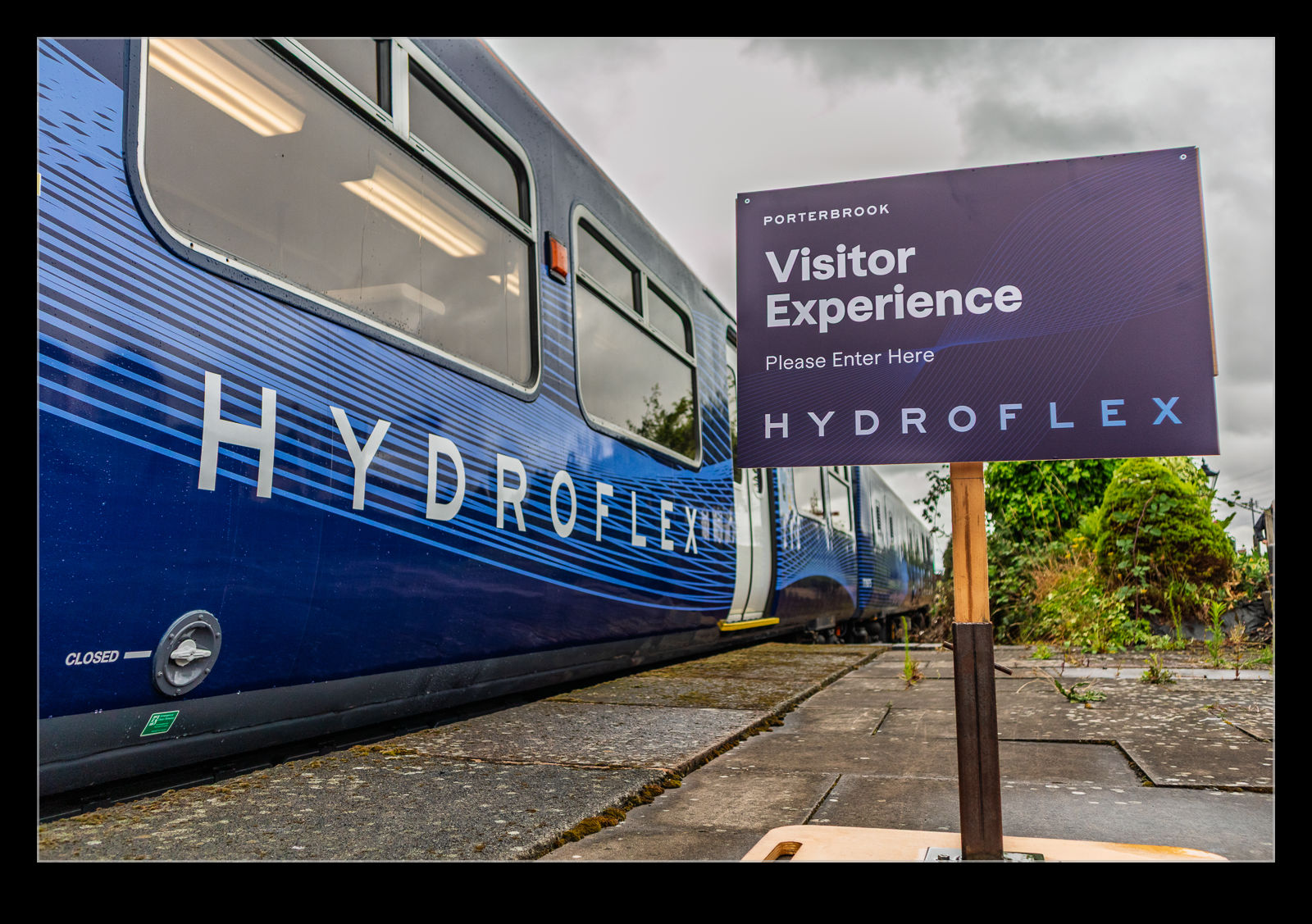 The fuel cells are supplied by high pressure hydrogen tanks. There are 36 of these tanks made from spun aluminium wrapped in Kevlar. We would take visitors through this vehicle to see the changes that make it a hydrogen powered unit along with all of the safety systems. It is a cramped space, so we had to pre-book visitors five at a time. We could have shown many more people if we could have fitted them in because demand was high.
The fuel cells are supplied by high pressure hydrogen tanks. There are 36 of these tanks made from spun aluminium wrapped in Kevlar. We would take visitors through this vehicle to see the changes that make it a hydrogen powered unit along with all of the safety systems. It is a cramped space, so we had to pre-book visitors five at a time. We could have shown many more people if we could have fitted them in because demand was high.
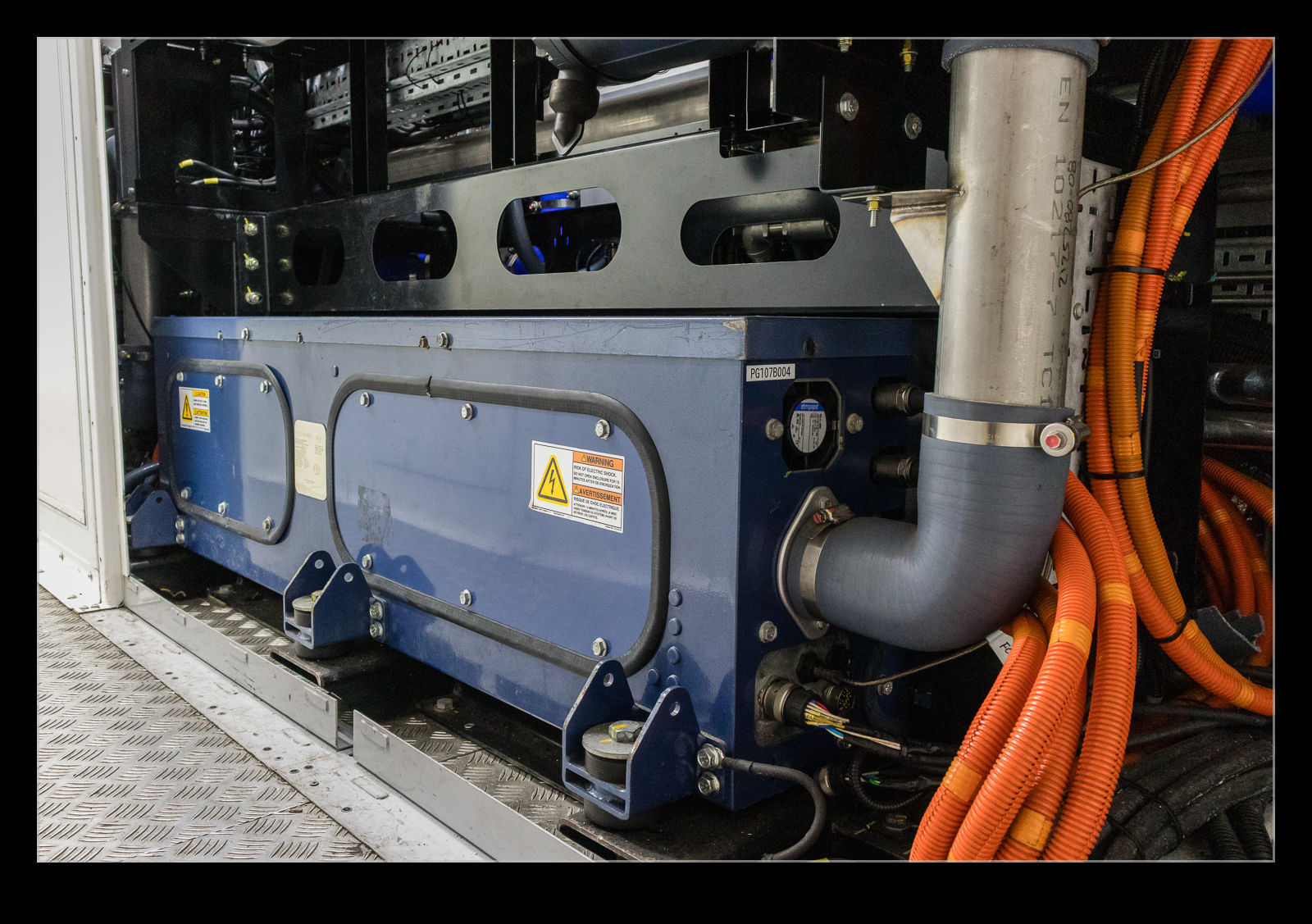 It is really interesting to be involved in a technology demonstrator of this sort. Our team has worked so hard on creating and developing this unit and we have learned so much that will hopefully be taken forward to trial operations and will then feed into the design of a production train. The train regularly goes out on the mainline so you can see it if you are in the right place at the right time.
It is really interesting to be involved in a technology demonstrator of this sort. Our team has worked so hard on creating and developing this unit and we have learned so much that will hopefully be taken forward to trial operations and will then feed into the design of a production train. The train regularly goes out on the mainline so you can see it if you are in the right place at the right time.
